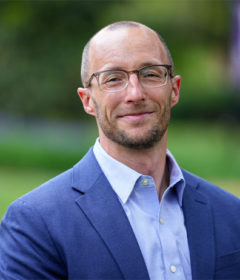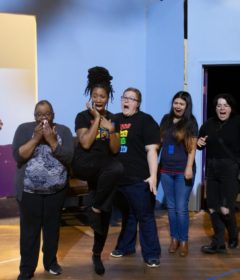Gillespie Museum Examines Rock Shapes and Shifts During Virtual Armchair Geology Science Café on April 7
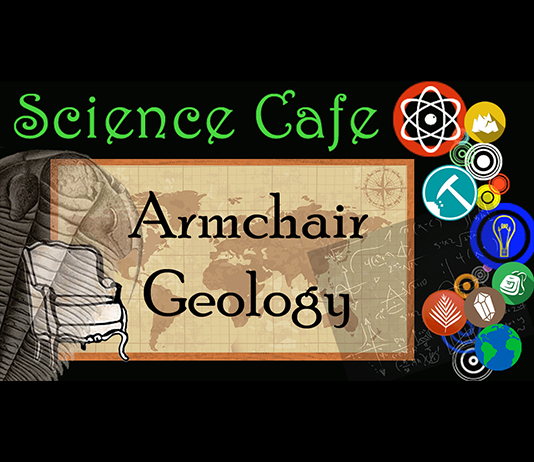
Over time, rock formations move or shift to other locations on Earth. Plate tectonics theory examines the movement of Earth’s lithosphere, the outermost layer of gigantic plates of solid rock that glide over the asthenosphere, which is ductile and part of the Earth’s mantle.
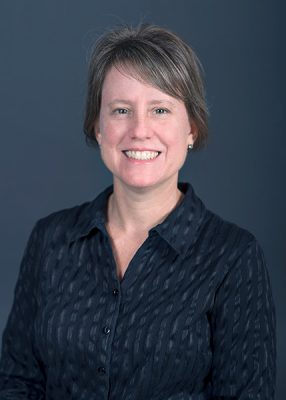
Structural geologist Cheryl Waters-Tormey, PhD, associate professor of geology at Western Carolina University, will be discussing “Structural Geology ‘Easter Eggs’ and Landslide Hazard Studies in the North Carolina Mountains” during a livestreamed event on Wednesday, April 7, 5-6 p.m. The free Science Café is the third presentation in the Gillespie Museum’s Armchair Geology series. Cultural Credit will be available.
Structural geologists specialize in translating the plate-tectonics language that is written in the Earth’s crust and mantle. These translations improve the understanding of plate-tectonic processes, such as those that created the crust underlying Florida and left it attached to North America as the ancient, supercontinent Pangea pulled apart.
They also improve the understanding of natural-hazard processes, such as frequent earthquakes within plate boundaries and landslide distributions over a mountainous landscape.
“My presentation will feature a project that’s rooted in standard structural geology field methods,” said Waters-Tormey.
“Additionally, my working hypotheses are partially based on information gained from emerging technology and recent southern Appalachian plate-tectonic history research, neither of which initially had anything to do with landslide hazards,” she added. “This is an excellent example of how fundamental STEM research can be applied to address today’s challenges.”
Waters-Tormey received her doctorate in structural geology from the University of Wisconsin, Master of Science in structural geology from the University of North Carolina and Bachelor of Science in geology from Duke University.
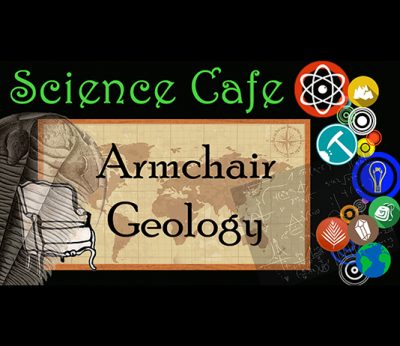
Her research in structural geology focuses on macroscale brittle and ductile deformation patterns and plate-tectonic history of the southern United States Appalachian Mountains and central Australia.
“I became a geology major because I love to travel and discover how landscapes and single rocks tell stories that are billions of years or just days old,” said Waters-Tormey. “Rocks are the only record of Earth’s internal deep, slow and vast processes. Reading and using this record to answer questions and discover others are still awe-inspiring to me, and the moments when students first sense this, too, are the best parts of teaching.”
Over the past decade, Gillespie Museum Science Cafés have promoted scientific literacy by encouraging relaxed, open conversations among scientists and nonscientists of all ages and offering participants an opportunity to view current exhibits.
The Armchair Geology series is co-sponsored by the Gillespie Museum and Stetson’s Environmental Science and Studies Department.
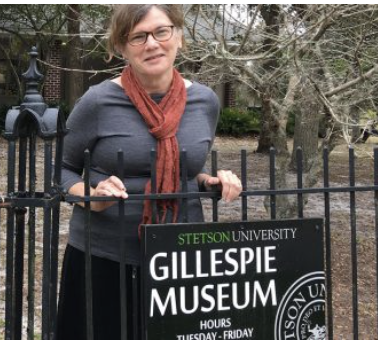
“We miss the Science Café gatherings during the evening at the museum, but offering a virtual Armchair Geology series has provided an opportunity for visiting geologists from other universities to discuss their research and for participants to immerse themselves in field work from home,” said Karen Cole, PhD, director of the Gillespie Museum.
The final virtual Science Café Series: Armchair Geology discussion will feature Ethan Fagan, geology senior at The University of Texas at San Antonio, on Thursday, April 15, 5-6 p.m. He will be speaking on metamorphic uplift during his “Granites in the Llano Uplift of Central Texas” presentation.
Participants can register for the Science Café Series: Armchair Geology and receive the Zoom link and information after sending an email with Armchair Geology in the subject line to the Gillespie Museum: [email protected].
-Sandra Carr

